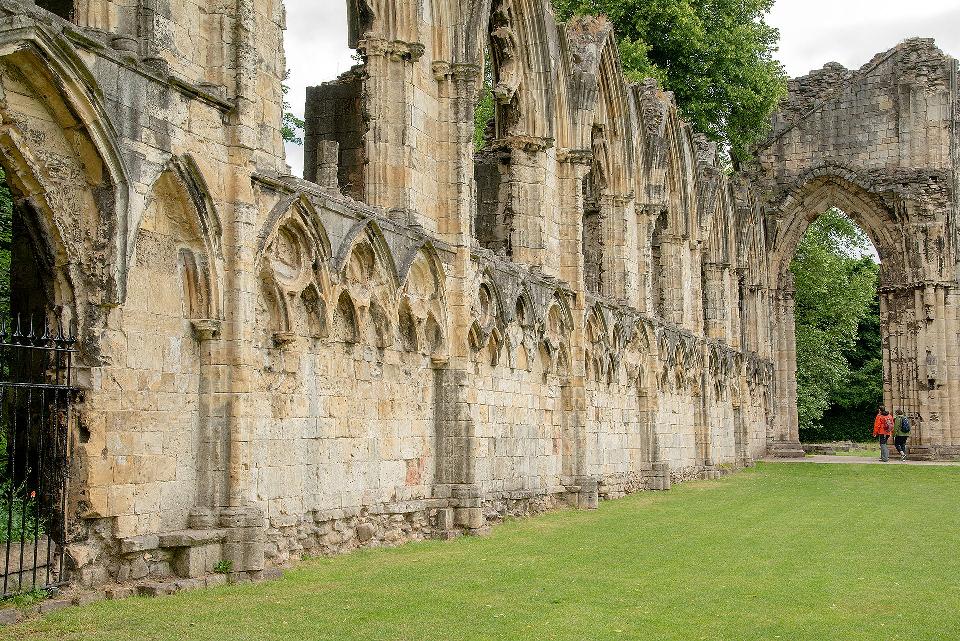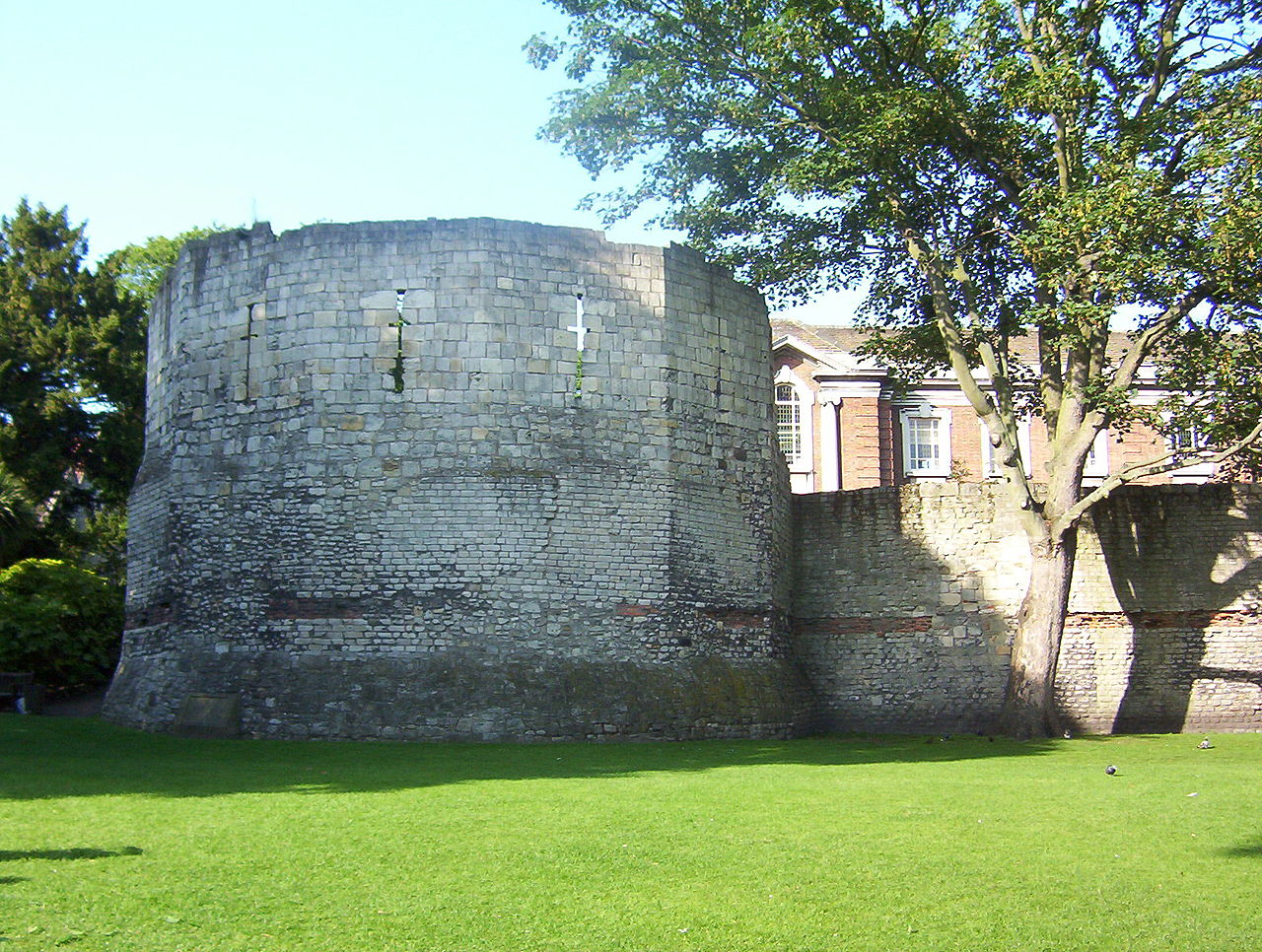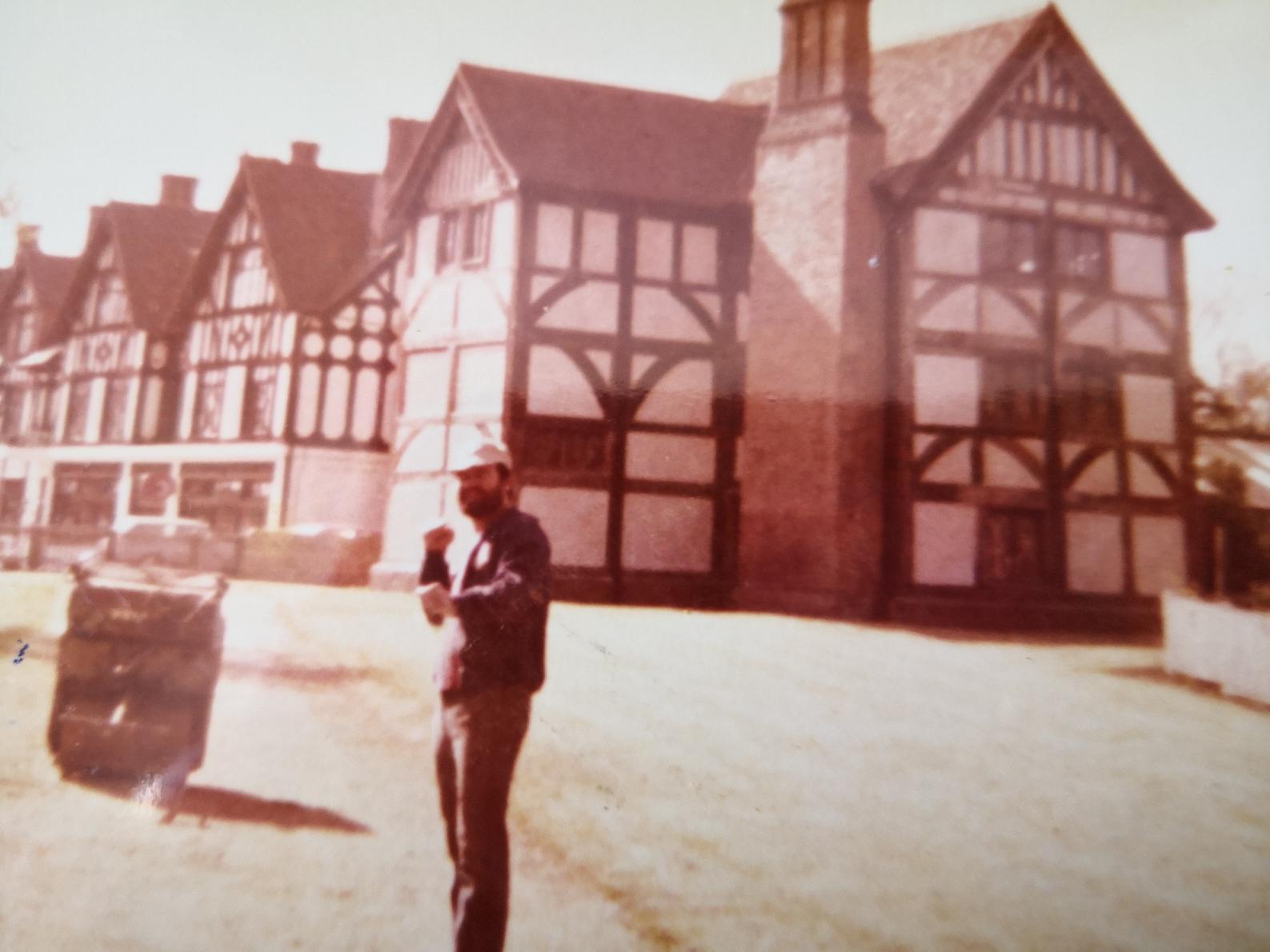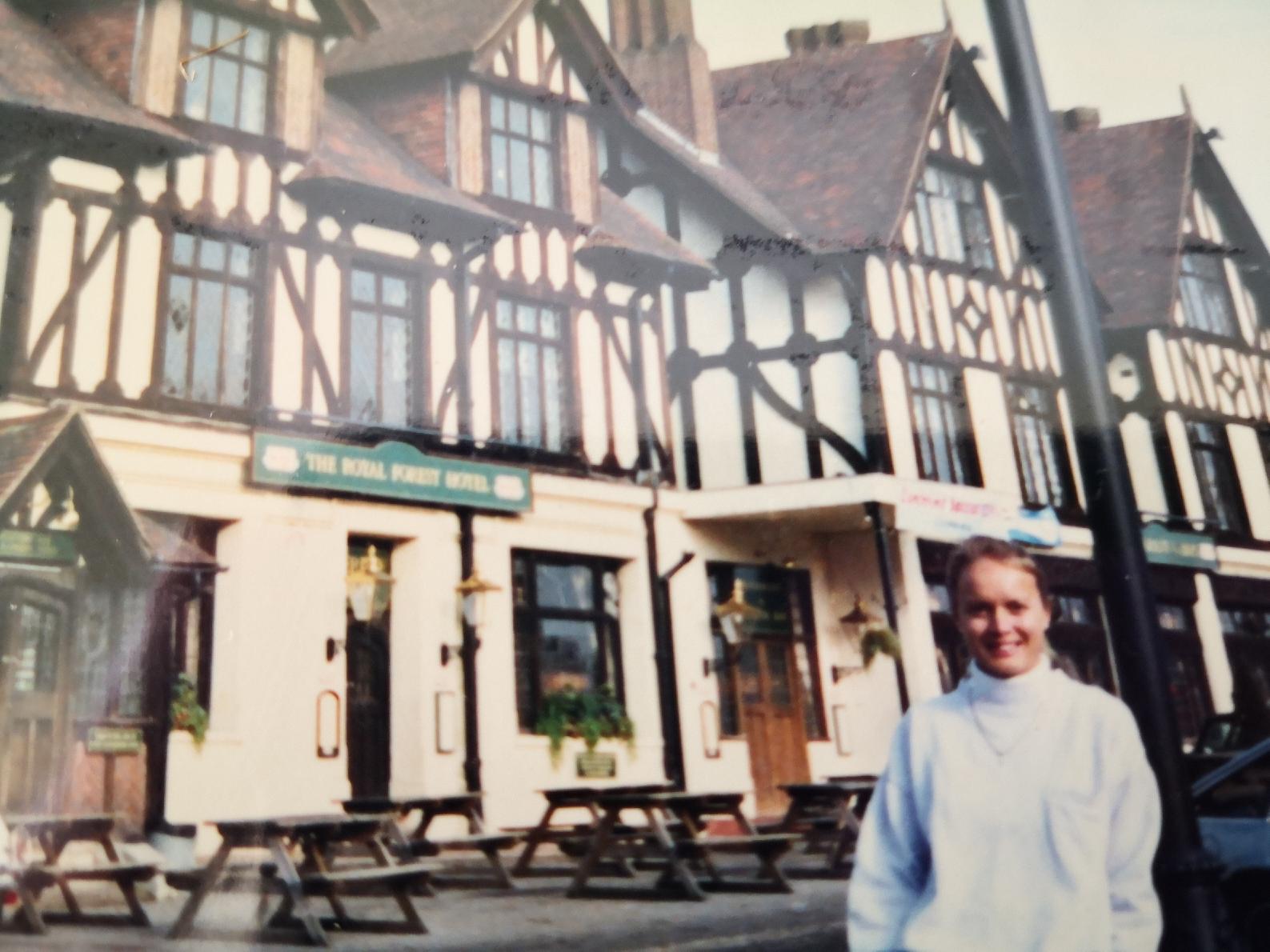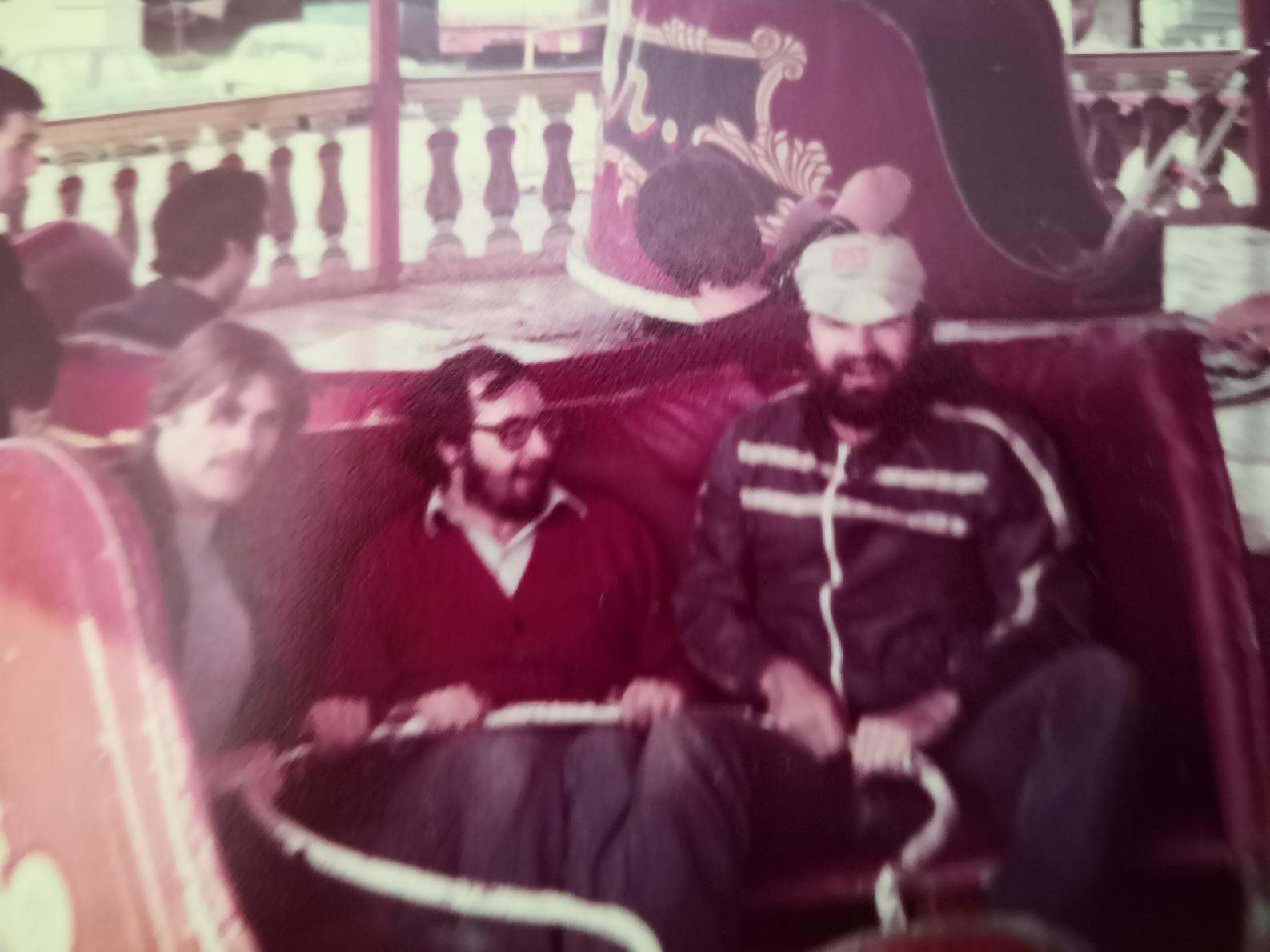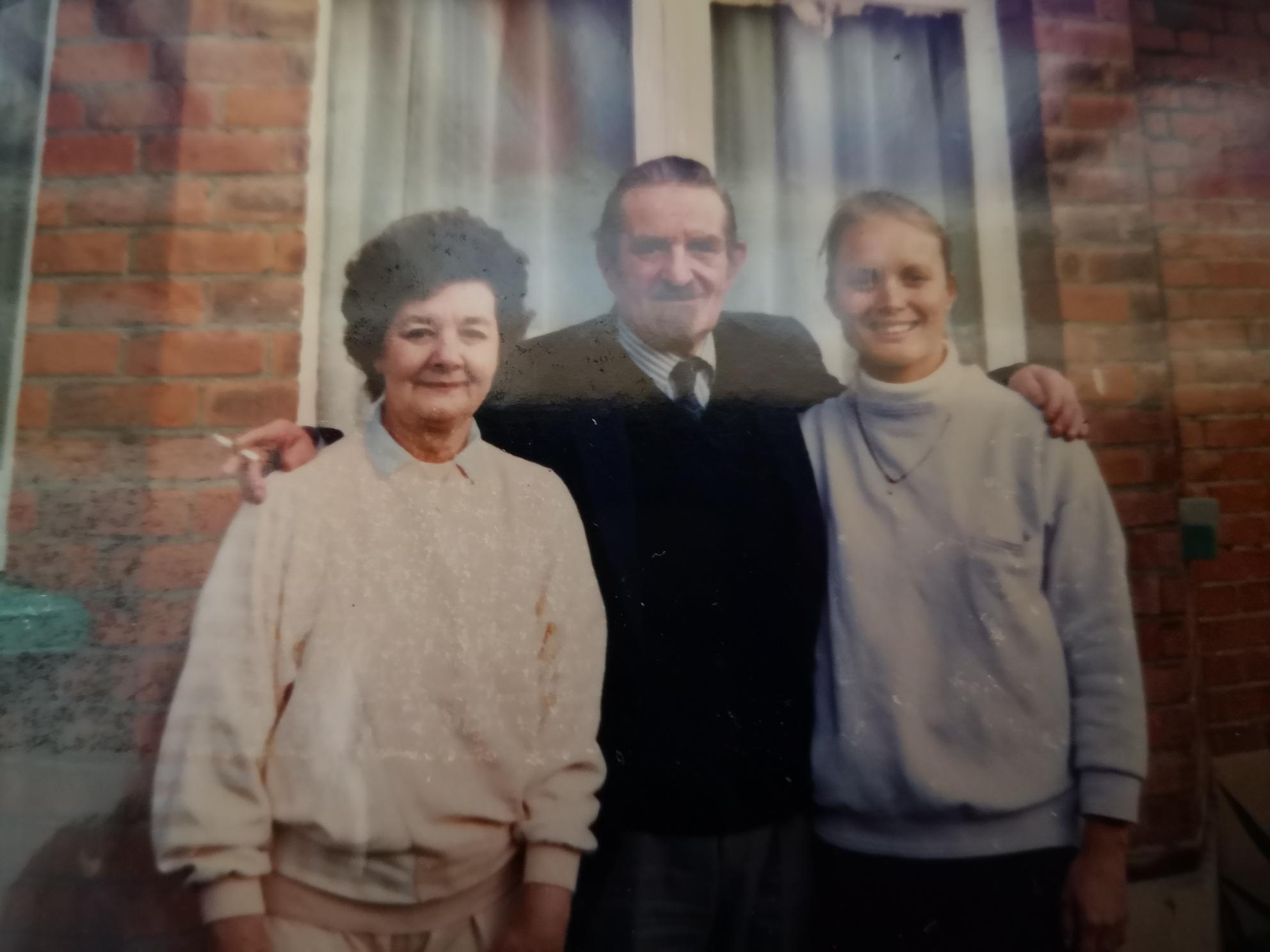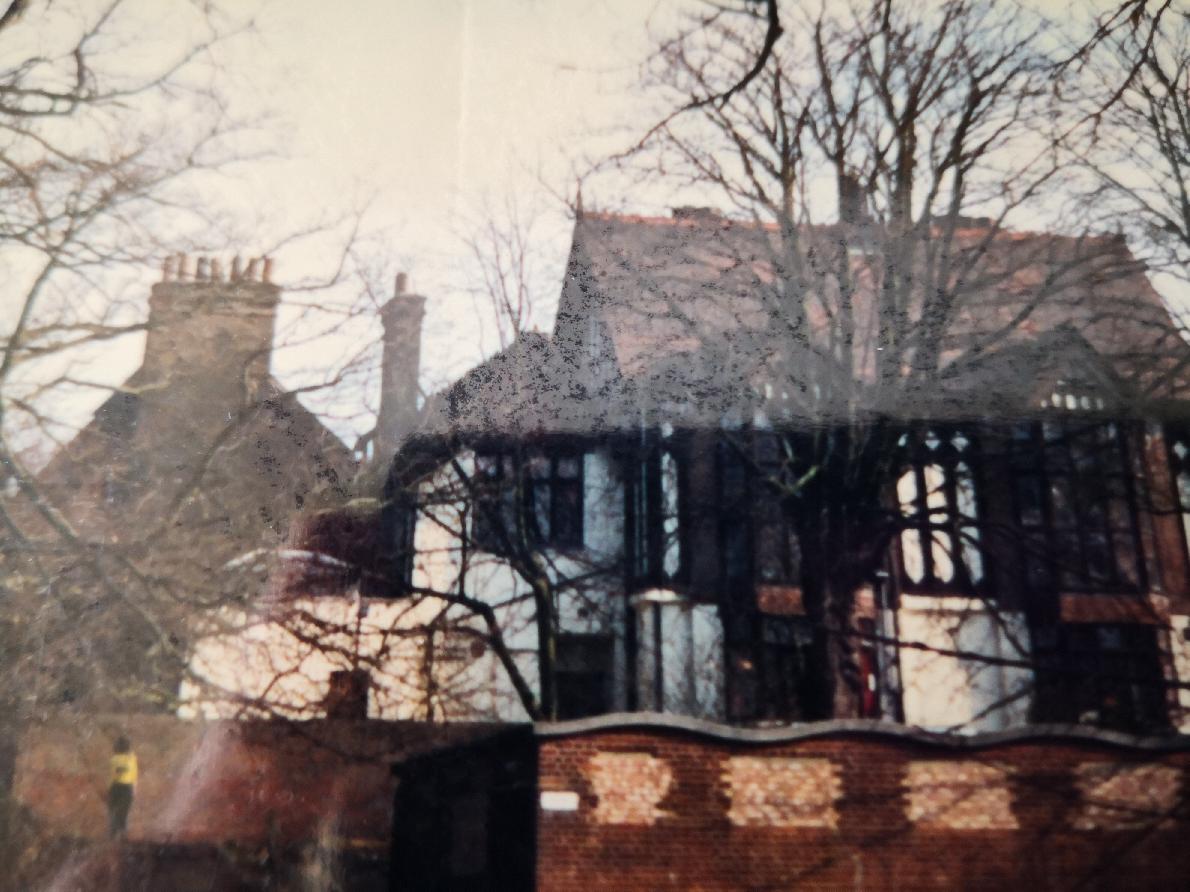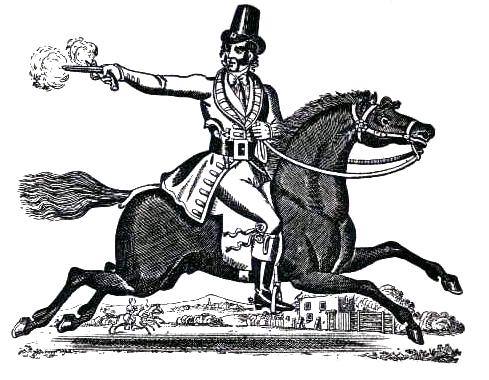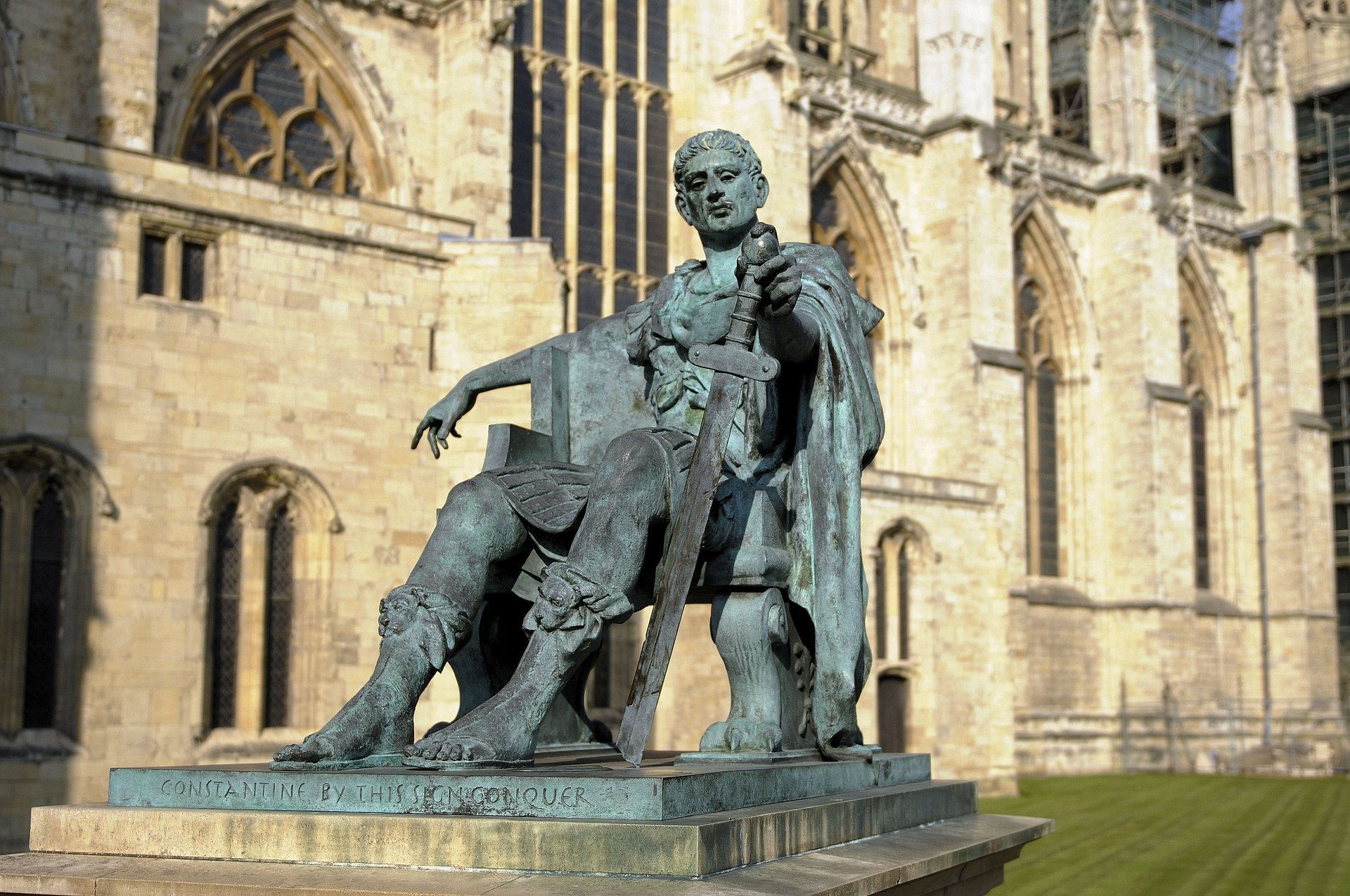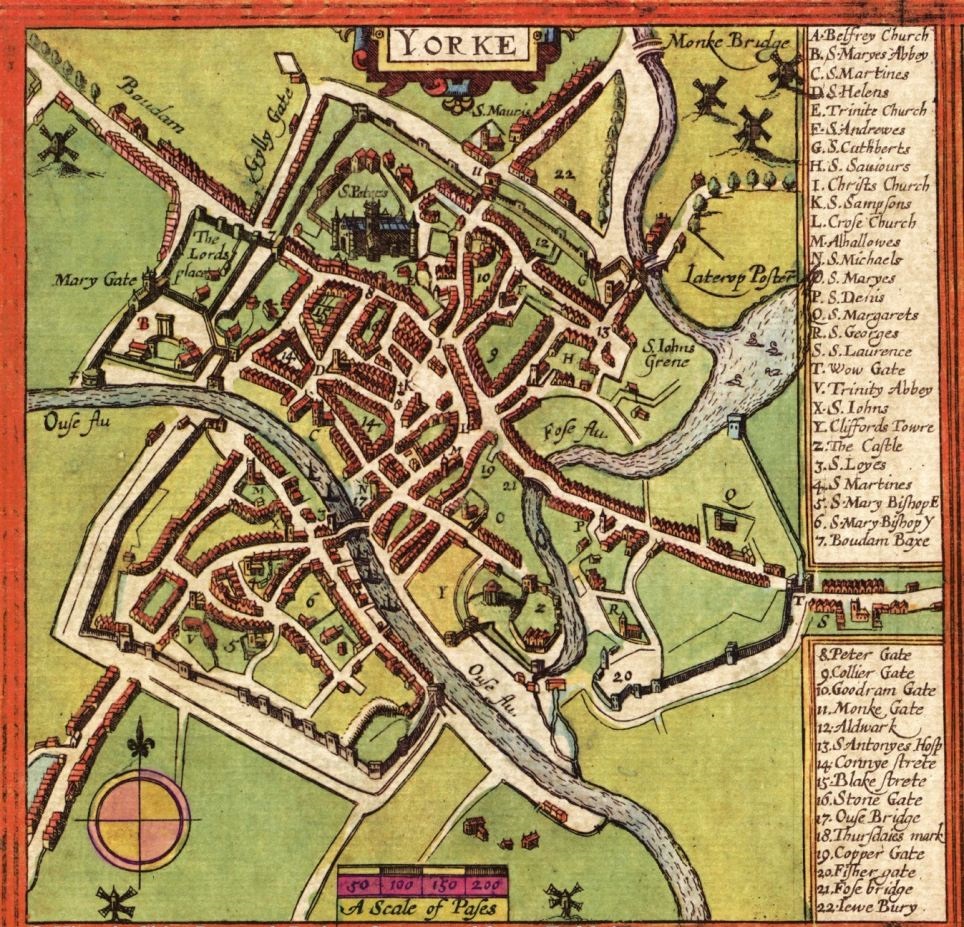
AsianOverland.net
Tour Guide - Itinerary
Asian Overland Sydney to London
Started 22/06/2022 Finished 21/06/2023365 Days ITINERARY
Day 167 date 05/12/2022CHINGFORD to YORK, ENGLAND
ASIANOVERLAND.NET SYDNEY TO LONDON DAY 167: CHINGFORD TO YORK, ENGLAND
York is a cathedral city with Roman origins, at the confluence of the rivers Ouse and Foss in North Yorkshire, England.
People settled around York between 8000 and 7000 BC. By the time of the Roman conquest of Britain, York was occupied by a tribe known to the Romans as the Brigantes.
York was founded under the name of Eboracum in 71 AD, after the Ninth Legion conquered the Brigantes and constructed a wooden military fortress on flat ground above the River Ouse. The fortress, whose walls were rebuilt in stone by the Sixth Legion, covered an area of 50 acres and was inhabited by 6,000 legionary soldiers. The site of the principia (HQ) of the Roman fortress lies under the foundations of York Minster.
The Emperors Hadrian, Septimius Severus, and Constantius I all held court in York during their various campaigns. During his stay between 207–211 AD, the Emperor Severus proclaimed York the capital of the province of Britannia Inferior, and granted York the privileges of a 'colonia' or city.
Constantius I died in 306 AD during his stay in York, and his son Constantine the Great was proclaimed Emperor of the Roman Empire by his troops in the York fortress. .
While the Roman colonia and fortress were on high ground, by 400 AD York was occasionally flooded by the Rivers Ouse and Foss, and the population reduced. York declined in the post-Roman era, and was taken and settled by the Angles in the 5th century.
The Angles were one of the main Germanic peoples who settled in Great Britain in the post-Roman period, and founded several kingdoms in Anglo-Saxon England. Their name is the root of the name England ("land of Ængle").
Reclamation of parts of York was initiated in the 7th century under King Edwin of Northumbria, and York became his chief city.
In 866, Northumbria was in the midst of internal struggles when the Vikings raided and captured York. Led by Ivar the Boneless and Halfdan, Scandinavian forces attacked York on All Saints' Day, when most of York's leaders were in the cathedral, leaving the town vulnerable and unprepared for battle. After it was conquered, the city was renamed Jorvik. It became the capital of Viking territory in Britain, and at its peak had a population of more than 10,000 inhabitants, second only to London within Britain.
Jorvik was an important economic and trade centre for the Vikings. Norse coinage was created at the Jorvik mint, and craft workshops were around the town's central Coppergate area. Textile production, metalwork, carving, glasswork and jewellery-making were all practised in Jorvik. Materials from the Persian Gulf have also been discovered, the town being part of an international trading network. Under Viking rule, the city became a major river port, part of the extensive Viking trading routes throughout northern Europe.
In 1068, two years after the Norman conquest of England, the people of York rebelled. Initially they succeeded, but upon the arrival of William the Conqueror, the rebellion was suppressed. William built a wooden fortress on a motte, and in 1069, after another rebellion, built another castle across the River Ouse. These were destroyed in 1069 and rebuilt by William during his ravaging of Northumbria in the "Harrying of the North", when he destroyed everything from York to Durham. The remains of the stone castles are visible on either side of the River Ouse.
Around the year 1080, Archbishop Thomas started building the cathedral that became the current Minster.
In 1190, York Castle was the site of an infamous massacre of its Jewish inhabitants, in which hundreds were murdered.
King John granted the city's first charter in 1212, confirming trading rights in England and Europe. During the later Middle Ages, York merchants imported wine from France, cloth, wax, canvas, and oats from the Low Countries, timber and furs from the Baltic and exported grain to Gascony and grain and wool to the Low Countries.
Edward I used York as a base for his war against the Scots in Scotland.
Under King Henry VIII, the Dissolution of the Monasteries saw the end of York's many monastic houses, including orders of friars. This led to an uprising of northern Catholics in Yorkshire and Lincolnshire opposed to religious Protestant rule.
Guy Fawkes, who was born and educated in York, was a member of a group of Roman Catholic restorationists that planned the Gunpowder Plot. Its aim was to displace Protestant rule by blowing up the Houses of Parliament while King James I and the entire Protestant aristocracy and nobility were inside.
Following the restoration of the monarchy in 1660, and the removal of the garrison from York in 1688, York was dominated by the gentry and merchants instead of the clergy.
© This work is copyright. Apart from any use permitted under the Copyright Act 1968, no part may be reproduced by any process, nor may any other exclusive right be exercised, without the permission of Peter Searle, peter@portseavillageresort.com; 1980-2024.
Website built by Justin O’Dea www.webdeveloperdocklands.com.au
